Tales of American trainers from yesteryear, by Josh Alan Friedman, the author of Tales of Times Square
THEY don’t make old boxing coaches like they used to. The world knows them as Cus D’Amato, Angelo Dundee, or Burgess Meredith in the first Rocky. They’re an obsolete breed, a soulful American archetype of the 20th century. It’s a role I just stepped into at the age of 66, at the Maple Avenue Boxing club in Dallas. But I’m not nearly as wizened and grizzled as the coaches of yore.
The very definition of “Old School” was my first boxing coach. I was 27 and finally decided to learn how to throw a punch correctly. I had been attacked by the cocaine-crazed art director of High Times, where I was managing editor in 1983. He was an ex-Marine, but didn’t know how to fight. My defence was less than steller. That was the straw that broke the camel’s back, and I signed up for boxing at the West Side YMCA on 63rd Street in New York. The building is a medieval Italian-styled cathedral of exercise near Central Park. I was both humbled and elevated by its boxing programme.
The coach was an 80-year-old sage named Bob Ciocher (pronounced “chocker”). Ciocher had been a boxing coach for the U.S. military during World War II. He said he’d been a cornerman on some Joe Louis fights. At the Y he taught a class of two dozen new recruits, a programme covering the very basics of boxing positions. It began with proper stance and footwork. Then we learned one punch at a time.
I was probably the most dedicated in all the group. The coach singled me out to stand up front and demonstrate proper form. I began to train with private lessons from Ciocher. “Boxing is a language,” he would say, “it’s like having a conversation. You’re gonna love it. And you never have to get hit.”
If boxing was a language, then punches were questions that needed to be answered. As long as I followed Coach Ciocher’s orthodox instruction, he insisted, I could enjoy this scientific language without ever having to get hit. But I wasn’t so confident about this. I got hit. Nothing, I found, could be further from the truth. Everybody gets hit.
The old-school boxing coach brought out the punches in me, like an irascible conductor of music. It took many lessons to get the left jab to his satisfaction. No discipline requires the teacher to keep shouting corrections at you like boxing. I learned to appreciate being barked at until I got something right. And was inspired by the rare compliment. “The right cross is going to be your punch,” he rhapsodised, “once you learn to set it up. Just like Joe Louis, it comes right from the heart.” Meaning you physically throw it from the top of your chest.
Fighters tended to have one punch that they specialised in. You always heard, for instance, of Joe Frazier’s left hook. So all the way down at my level, I was told I had a good jab, but didn’t know how to use it. How important was a mere left jab? “It can wreak havoc,” said Ciocher. Most punches were left jabs, and that’s how you racked up points.
Emerging from the introductory class in 1983, I joined an ongoing group at the Y that sparred several times a week. All working class guys. “Friedman, you’re a heavyweight,” said the coach, “get in there against Big John.” I was shocked to hear I was classified as a heavyweight, but a heavyweight I was, nearing 200 pounds.
“Relax,” Ciocher instructed, “no power. Pretend you’re sparring with your kid sister.” He would pantomime a tense fighter. The idea was to perform difficult manuevers with a certain ease. To conserve energy, not tense up and deplete your stamina. Sure enough, you could last a round without being winded by simply relaxing. Concerning distance, the coach would repeat, “If you can hit him, he can hit you… Right shoulder down, close the mouth, in motion! Walk your punches in.”
A month into sparring, still a novice, I faced a former pro boxer. I hadn’t yet learned how to defend from body punches. Sparring unsupervised on a day the coach was absent, sure enough, he broke my ribs. I was out for a month. “That wouldn’t have happened if I was there,” said Ciocher. Broken ribs feel like glass is splintered in your side. You can’t breathe without wincing pain. But broken ribs, thanks be to God, do heal completely. I was back in the ring in a month.
“Most kids don’t come back after they’ve been hurt,” said Ciocher. “But you came back.” This garnered me points with the coach, who now thought I had the makings of a boxer.
My dentist made me a mouthpiece. Ciocher sent me to Al Shevlin’s custom boxing shop. I ordered red, 16oz boxing gloves and head-gear. But they were too big, like clown mitts. Would heavier sized 16oz gloves cushion the blow when getting hit in the face? I don’t think so. I found it was rare in sparring to get hit square in the face. But any time I did get hit with a faceful of leather it was a rude awakening. I’d suddenly question why the hell I had picked this sport. Thankfully, the shock would dissipate after a few moments.
Shevlin’s shop was like that of a shoe cobbler, except he crafted something even more rarefied—old-school boxing gloves and headgear. They were handmade to last, not like assembly line products that peel apart. When I put on my headgear crooked, Shevlin and one of his cronies, a white boxer with a flat nose and cauliflower ears, had a roaring laugh at me.
But you could never judge a man by how he looked. Ciocher used to love having his fighters box bodybuilders. They were easy pray. In the 20th century, weight lifting was anathema to most boxing coaches. They believed it slowed you down. There were muscle-bound men who couldn’t punch hard, and guys skinny as a whip who threw like lightening. You can’t teach a man to hit hard. It has to come from within. A punch doesn’t come from arm strength, it comes from your body weight behind it.
I ended up buying Everlast 12oz gloves off the shelf for bag work and sparring. Before sparring, the assistant coach would smear your face with vaseline. In our sparring group, there was a Madison Square Garden usher named Hank, 43, with a bad knee. I learned that you couldn’t judge anyone by watching them move around on the heavy bag. Hank was slow and stiff on the heavy bag, but strong and sure in the ring. I was proud of myself the few times I put Hank on the floor. Maybe he just slipped because of that knee. I could always land jabs, but not yet rights or hooks. The left hook was the trickiest punch to learn. Ciocher didn’t even teach the hook until someone was many months into training.
Amongst dozens of sporting fellows at the Y, sure enough, there was one shithead. They called him Thunderpunch Phil. He hit the heavy bag with the most thunderous thwack I’d ever heard. He would place a chair by the heavy bag, sit down and pantomime a conversation, as if he were at the dinner table. Then he’d lunge out across the imaginary table, belting someone from a sitting position. He enacted this psychodrama every week. The heavy bags were lined up, and he’d verbally threaten anyone who accidentally inched into his circular space. But the shithead refused to join the group and spar. He just wound up and hit the bag with haymakers. We had a few confrontations, the closest I ever came to a streetfight at the YMCA. I’ll admit, I was afraid. But he always refused my invitation to have it out sparring. Thunderpunch Phil didn’t want to get hit back.
Likewise, Ciocher’s best shadow-boxing student was another fellow who never sparred. He executed all of the coach’s moves with textbook perfection, but never put them into practice. One day, a block away from the Y in Central Park, I encountered two teenage thugs harassing women. Standing idle nearby was Ciocher’s best pupil. I got in the thugs’ faces, and proceeded to bully them both out of the park into the subway. I asked Ciocher’s star pupil if he’d help me bounce these guys, but he slithered away. He too didn’t want to get hit.
Ciocher and his assistant coaches never talked of one boxer being better than another. Instead they said one was “more experienced.” Two guys worked out daily, separate from the sparring group, just elbow pushing and body-punching in a huddle. “That’s not boxing,” said Ciocher, with disdain. He also advised his boxers, “Never spar with someone who’s training for a fight.” The presumption being that a pro could not take it easy in those anxious hours leading up to a match.
I was amazed that when someone dropped their hands, they were open to get hit. But nothing could put you in the moment like having someone swinging for your head. You are not worried about making the rent or what’s for desert on Tuesday. You have to overpower your own fear. Once the rounds were over and you survived, you were walking on air.
The last time I sparred in New York, before moving to Texas, I faced a karate practitioner who joined our boxing group. He had a trick phantom punch that came out of the blue into your blind side. It was a palm-down uppercut. He repeatedly knocked me on the nose. For the life of me, I was utterly confounded. I experienced the rude violation of being hit on the nose – which hurts and discombobulates. I wanted to learn this secret punch. But alas, I moved to Texas, the state of my wife. I never got to discover how he did it. The nose was my weak spot, the place I most disliked to get hit. I figured if I was to be a real boxer I’d have to cauterize the inside of my nose so it wouldn’t bleed. And expect that my nose would eventually be flattened. At my amateur level, this never happened.
When I moved to Dallas in 1987, the preeminent boxing gym was said to be that of former welterweight champion Curtis Cokes. (During his early ’60s fighting days, his trainer was a fellow named Cornbread Smith.) Cokes was the closest to a wise old sage of boxing in Dallas. But somehow I was steered instead to a splendid coach named Charles Brown. Brown crowed, “I train champions,” the first time I called him. An idle boast. But after meeting with him the first time, I loved the guy. Boxing out of the Marine Corps, “Sweet Swingin’” Charlie Brown from Cincinnati captured the featherweight bronze medal in the 1964 Olympics. He was certain Muhammad Ali got Parkinson’s from smearing his body with DDT in Miami to avoid mosquitos when he ran.
Coach Brown was stationed in Viet Nam in the late ’60s. Once at a restaurant in Saigon, he and his fellow soldiers were served up round steaks. After dinner, they discovered the steaks were carved from a dead American G.I.’s legs. This incident so traumatised him, he never ate at a restaurant again.
Coach Brown gave his fighters a shot of whiskey before they went into the ring. He recommended having a beer after training, because “you need the malts.” He would also warn that one night of drugs and booze debauchery could ruin months of training. “Just one night,” he would say. Brown was adamant about avoiding street fights. You could cut your hand hitting someone in the mouth, it might get all infected. A longtime Marine, he kept a loaded gun near his bed. If anyone broke in through his window, I asked, would he use boxing as a defence? “Hell, no,” said the coach, “Anyone comes through the window, I use the gun.”
A coach who was training his own son to turn pro observed Coach Brown working with me. “He’s teaching you to fight like a little man,” warned the fellow, “like himself.” It suddenly dawned on me that Brown indeed was mainly teaching me inside tactics. “Like you’re fighting inside a telephone booth,” he would say. “All the action takes place in there.” He didn’t teach me to take advantage of my long jab, in relation to my 6ft 1ins height.
Whenever Coach Brown had me spar with pros, I felt outmatched. Sparring with a heavyweight Golden Gloves champ, Big Jimmy, felt like sparring with a mack truck. Coach Brown told me, “You hit harder than him.” But I didn’t believe it. My confidence was fleeting. I sparred a round or two with Dallas MMA champion Guy Mezger. He was unhittable. When I sparred with someone who was truly good, I felt a gulf of difference. Boxing ability could be graded by increments of a hundred. You can be as good as you want to be if you dedicate your whole life to it. But I felt what separates the men from the boys, the amateurs from the pros. Coach Brown insisted I was better than a pro from Germany he was managing. But the guy broke my ribs with illegal rabbit punches. I was out for a month (for the second time). Boxing is a lot harder than it looks. You could get killed in there. You might see two equally matched opponents in the ring seemingly pacing themselves, but there’s a whole lot more going on than meets the eye.
One rare occasion when my left jab saved me was a late night encounter in Dallas where some lumbering truckdriver got in my face at a bar. I was able to whittle him down with left jabs every time he charged. Until he finally collapsed with cuts to his face. Ciocher was right, the mere left jab could wreak havoc.
The next week I got a call from someone named Robin Hood. It was the truckdriver. “I’m the guy you fought last week,” he said. “Are you really Josh Alan? Hey man, can we jam sometime?”
The greatest gift that boxing bestowed upon me was a quiet confidence. Where once I had confrontations with hotheaded New York cab drivers, ruffians who you accidentally bumped into on the subway, and barroom louts, these indicents suddenly ceased to occur. I felt like I could handle myself and this confidence emanated.
Now 66, my back and knees won’t let me box any more. So I’ve just begun as a coach at the Maple Avenue Boxing gym in Dallas. I’ve been appointed trainer of a 26-year-old southpaw veteran of Toughman competitions, with golden grilled teeth. He did time for manslaughter. He intends to turn pro, and they want me to make him more aggressive in the ring. I bought my first pair of punch mitts. I’ve been thrust into the role of the old wizened coach.
The first people to call me “coach” were the other trainers. It is an honorific that is brand new to me. The best I can do is to pass on the knowledge from Coaches Ciocher and Brown, with a little of my own cockeyed wisdom to boot.







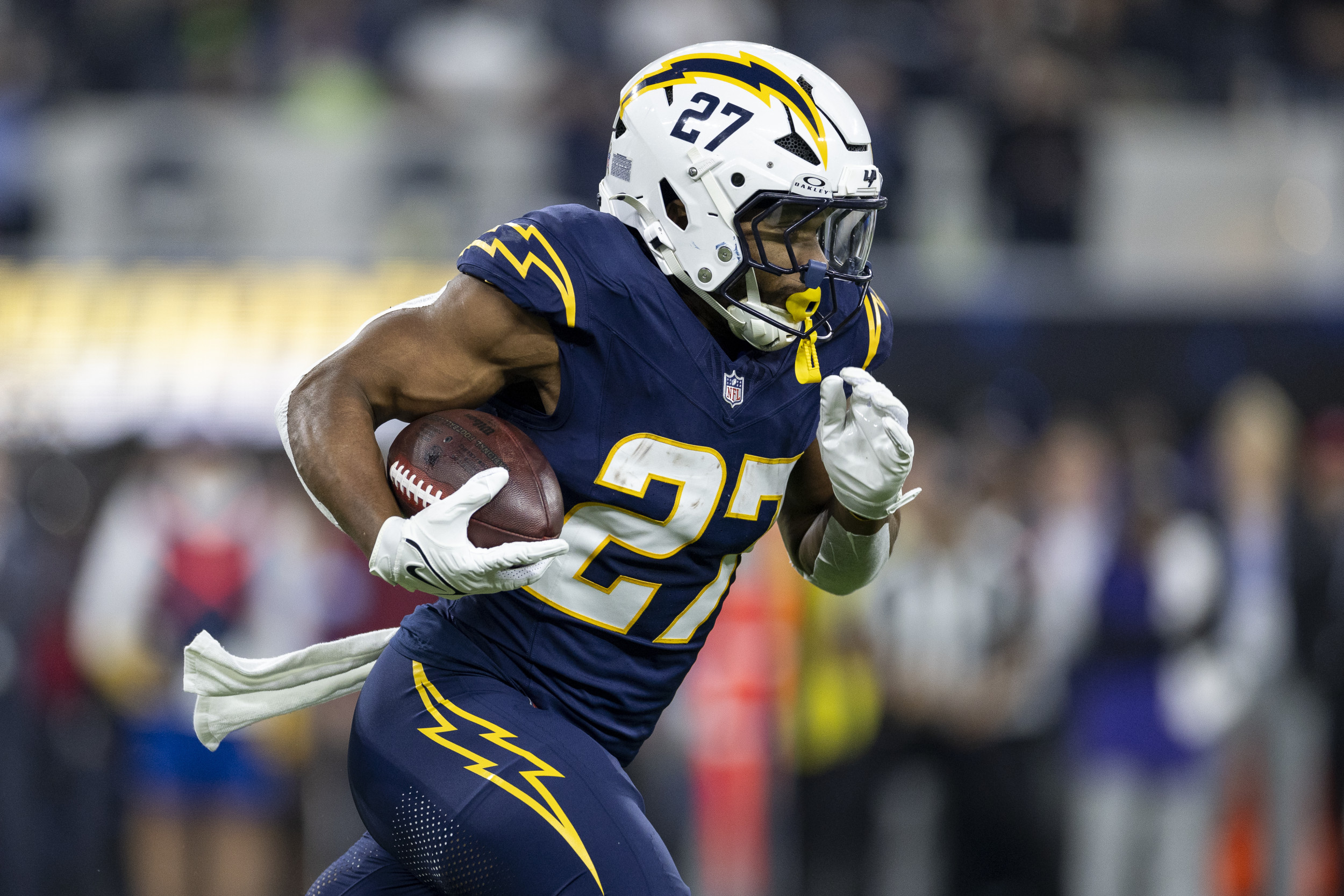



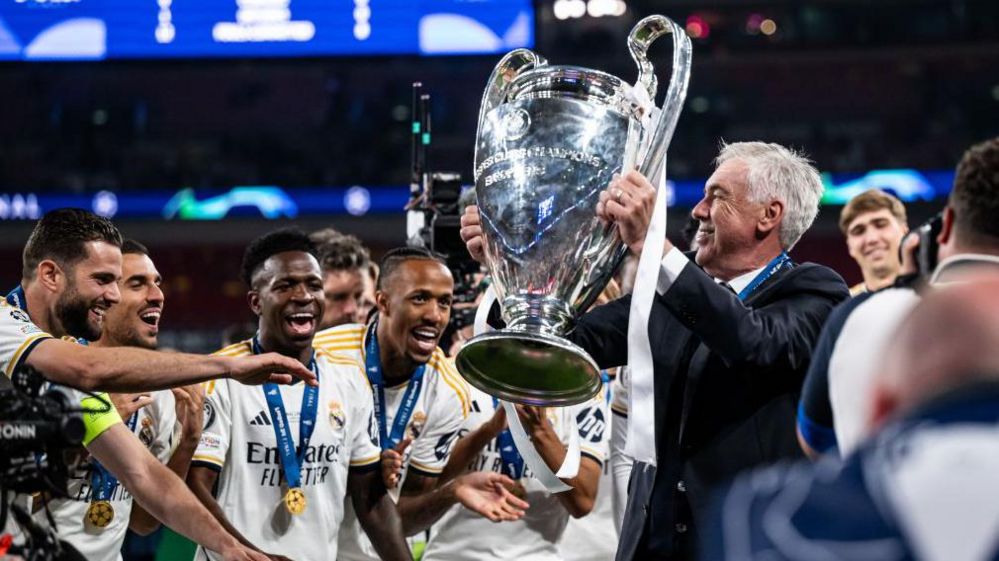


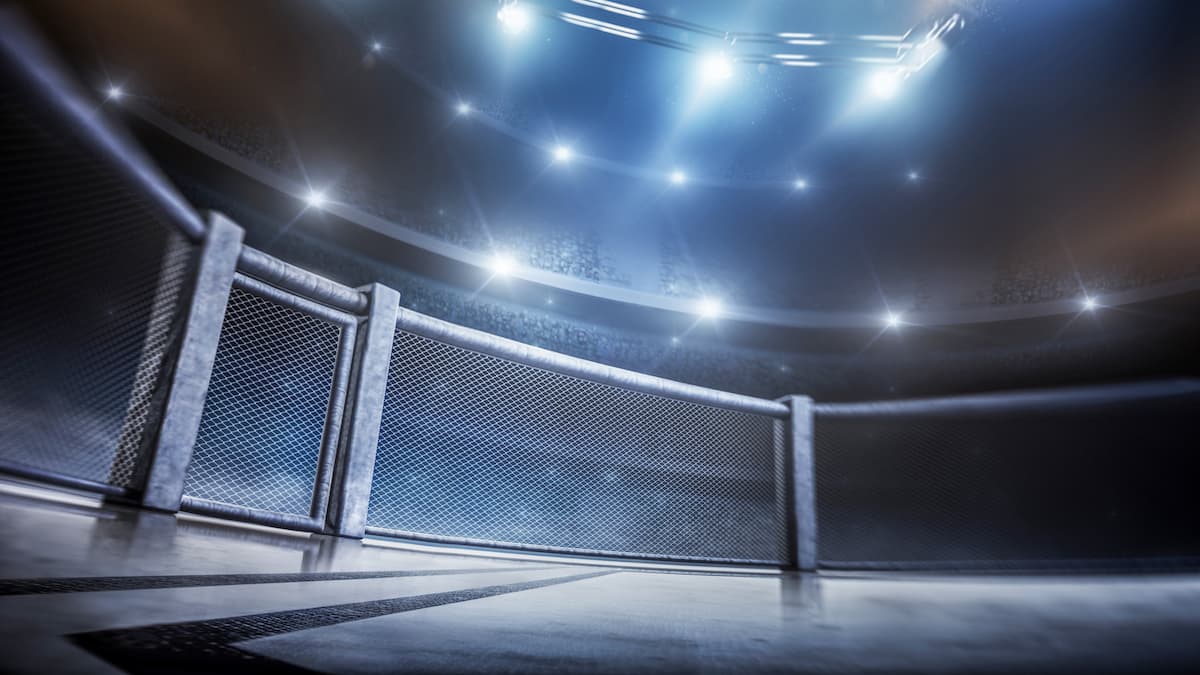


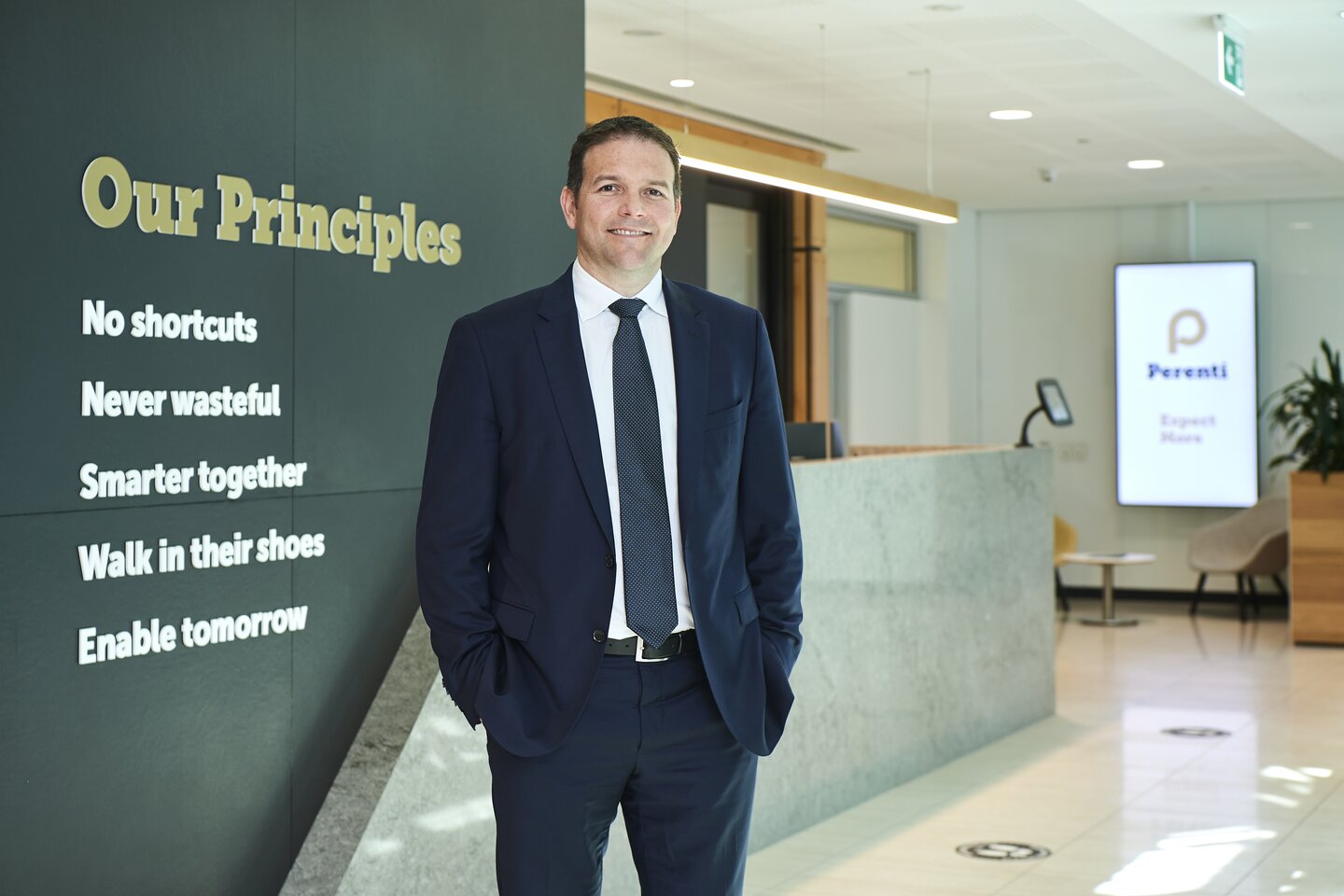

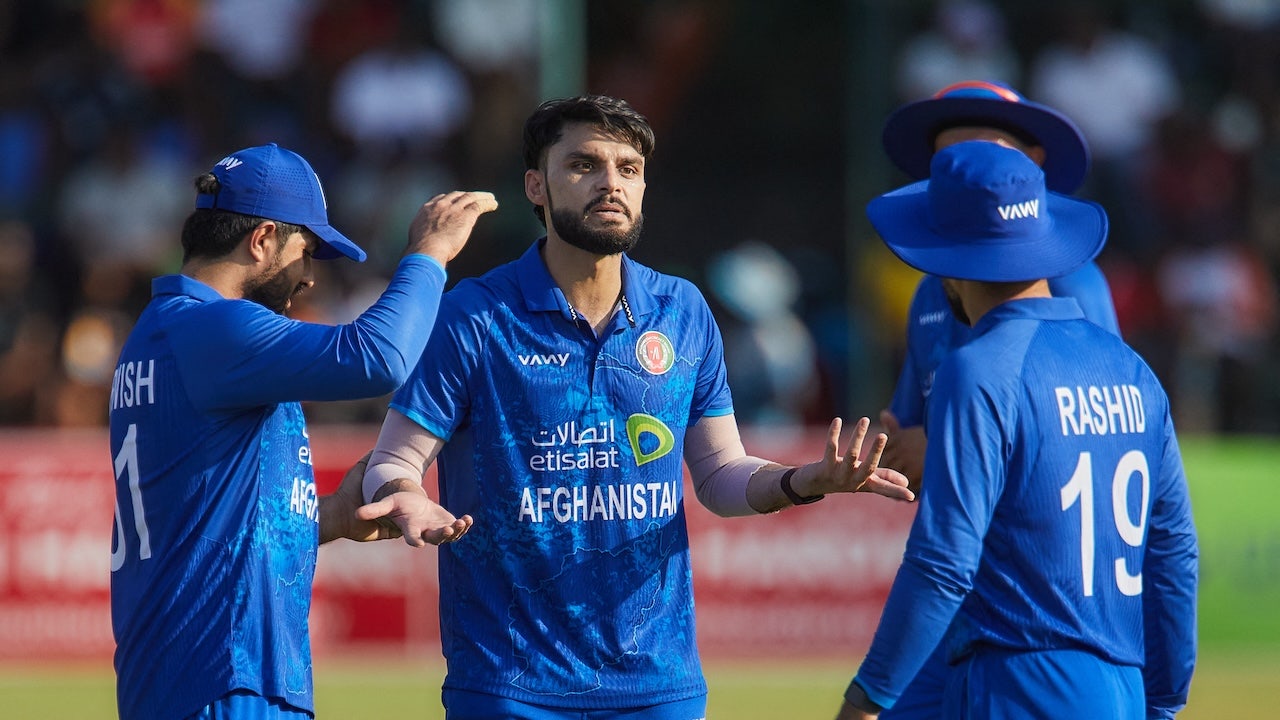

Discussion about this post